Demonstration of the process of atomic absorption spectroscopy (AAS). This technique that allows elements to be identified, and their concentration measured down to just a few parts per billion. A cathode lamp emits light of a specific wavelength. The wavelength of light emitted is specific to the element to be analysed, in this case copper. These wavelengths of light are specific energy quanta which can only be absorbed by the electrons of the element under analysis. A sample of the substance containing the element is introduced to the absorption spectrometer, where it is atomised when sprayed into the flame. The atoms in the sample can absorb the specific wavelengths of light emitted by the cathode lamp. The spectrometer measures the intensity (number of photons) of the light passing through the sample. The detector records the intensity of the light coming from the light source which passes through the sample in the flame. In the analysis, a series of standard solutions of known concentration (in this case 5.0, 10, 15, 20 and 25 ppm) are prepared to produce a calibration curve for the analysis of the sample. The absoption of the sample can then be placed on the graph to determine its concentration.
Details
WebID:
C01787282
Clip Type:
RM
Super High Res Size:
1920X1080
Duration:
00:03:06.000
Format:
QuickTime
Bit Rate:
25 fps
Available:
download
Comp:
200X112 (0.00 M)
Model Release:
NO
Property Release
No

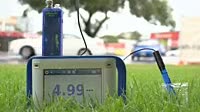
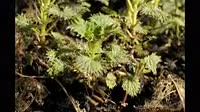
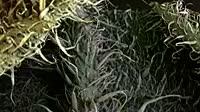

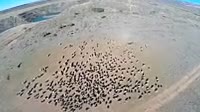
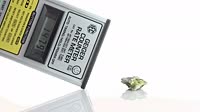
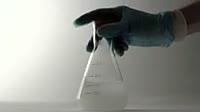
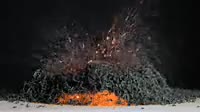
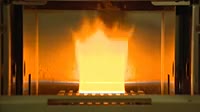
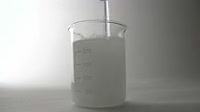
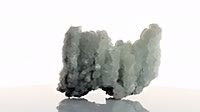
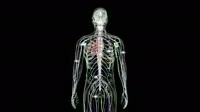
 Loading
Loading